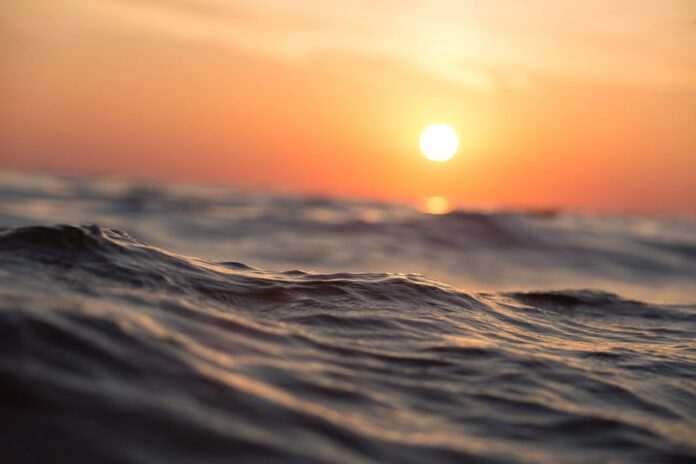Water is the source of life, yet it is also the carrier of death for millions around the world. The crisis of contaminated water is a global catastrophe that affects both developing and developed nations, albeit in different magnitudes. According to the World Health Organization (WHO), at least 2 billion people use a drinking water source contaminated with feces. Contaminated water can transmit diseases such as diarrhea, cholera, dysentery, typhoid, and polio, and is estimated to cause 485,000 diarrheal deaths each year. The crisis is not just about scarcity but also about the quality of water that flows through our taps and rivers.
The Invisible Threats: Pollutants and Pathogens in Our Water Supply
Our water is under siege by an array of invisible threats. Chemical pollutants from industrial waste, agricultural runoff, and improper disposal of household chemicals seep into our waterways, making them toxic. Heavy metals like lead and mercury, along with pesticides and pharmaceutical residues, are found in alarming concentrations in many water sources. These contaminants pose serious health risks, including developmental issues in children, organ damage, and cancer.
Pathogens are another major concern. Bacteria, viruses, and parasites thrive in contaminated water, and without proper treatment, they can spread rapidly through populations. In developing countries, the lack of infrastructure and sanitation exacerbates the problem, leading to outbreaks of waterborne diseases. Even in developed nations, aging infrastructure and natural disasters can lead to contamination events that threaten public health.
Frontline of Defense: Innovations and Challenges in Water Purification
To combat these threats, innovations in water purification are constantly being developed. Advanced filtration systems, ultraviolet light treatment, and reverse osmosis are some of the technologies employed to ensure water safety. However, these technologies come with challenges. They can be expensive to implement and maintain, making them less accessible for poorer communities. Additionally, the energy requirements for some purification systems can be high, leading to further environmental concerns.
Another challenge is the ever-evolving nature of contaminants. As new chemicals are developed and used, they can end up in our water supply. Water treatment facilities must continually adapt to remove these new threats. Moreover, the byproducts of some disinfection processes can themselves be harmful, necessitating a careful balance between removing pathogens and minimizing chemical exposure.
Securing the Future: Strategies for Ensuring Long-Term Water Safety
Ensuring long-term water safety requires a multifaceted approach. Governments must invest in modernizing water treatment facilities and infrastructure to cope with the dual challenges of pollution and growing populations. Regulations need to be stringent and enforcement strict to prevent contaminants from entering our waterways. Public awareness campaigns can educate citizens on the importance of conserving water and preventing pollution.
At the community level, local solutions such as rainwater harvesting, wetland restoration, and decentralized treatment systems can play a significant role in improving water quality. International cooperation is also crucial, as water bodies cross national boundaries and pollutants can have far-reaching impacts. Global initiatives like the United Nations’ Sustainable Development Goal 6 aim to “ensure availability and sustainable management of water and sanitation for all,” highlighting the international consensus on the importance of this issue.
The struggle for pure, potable water is one of the most pressing challenges of our time. It requires a concerted effort from individuals, communities, governments, and international bodies. As we advance technologically, we must also ensure that our innovations lead to a future where clean water is not a luxury but a fundamental right for all. The fight for clean water is a fight for life itself, and it is one we cannot afford to lose.
